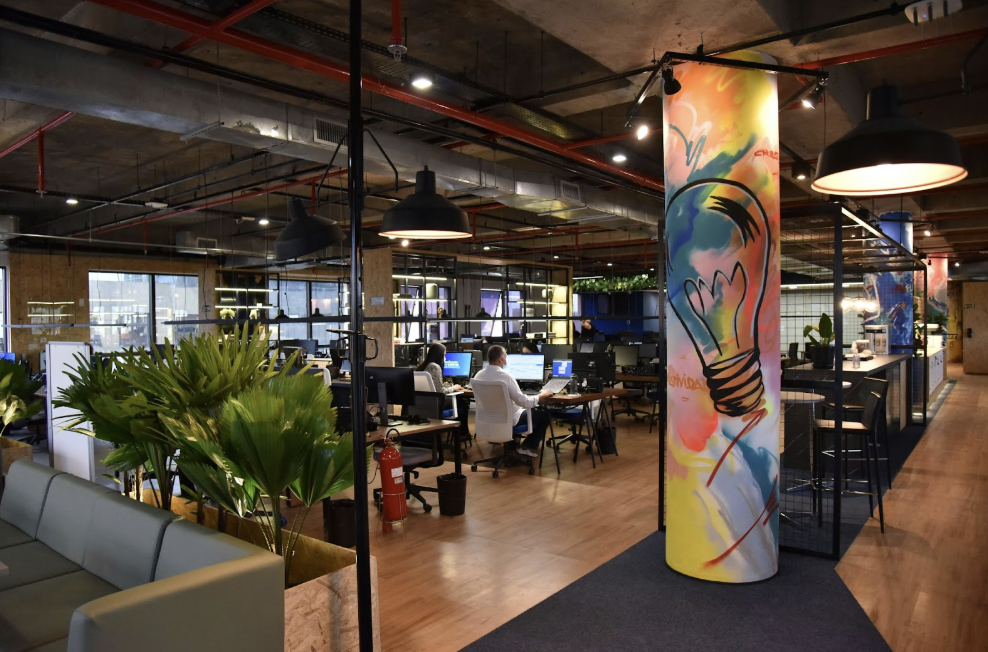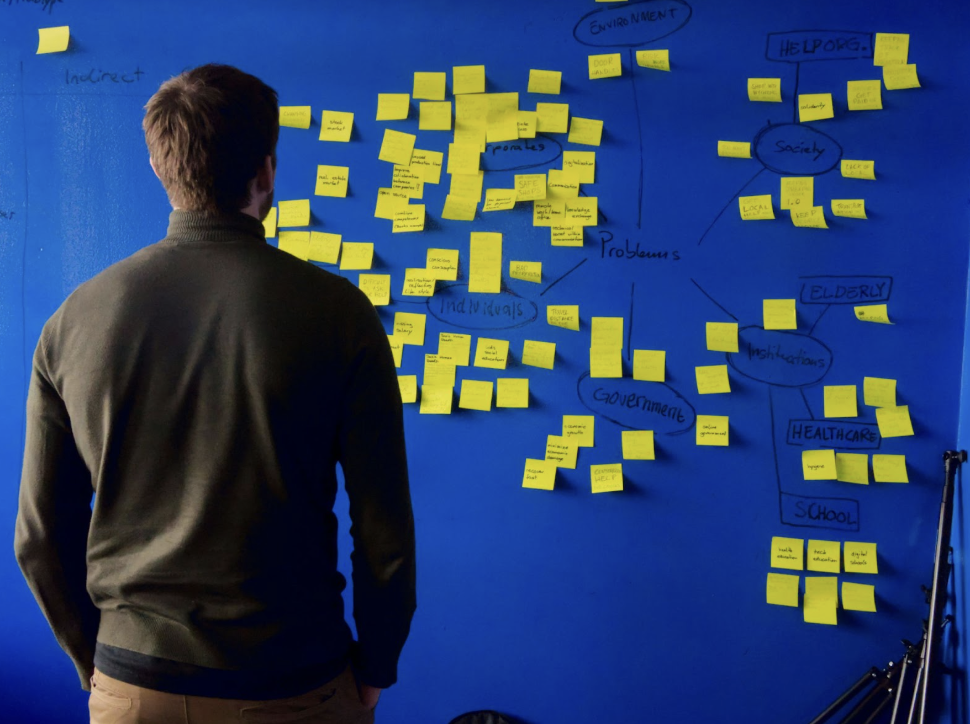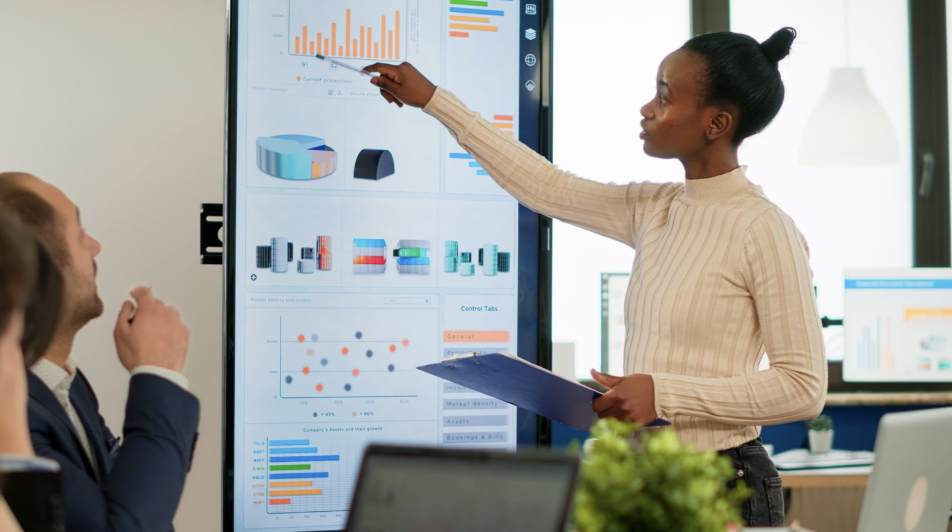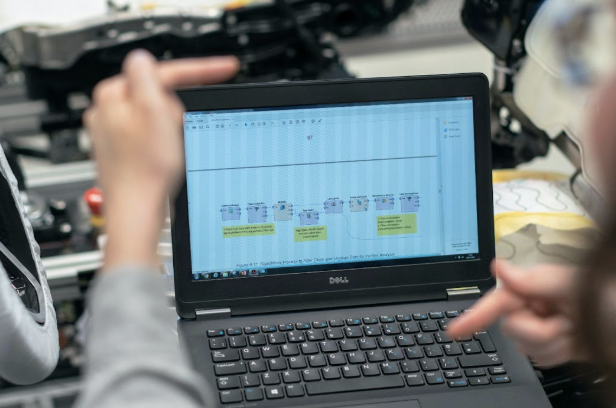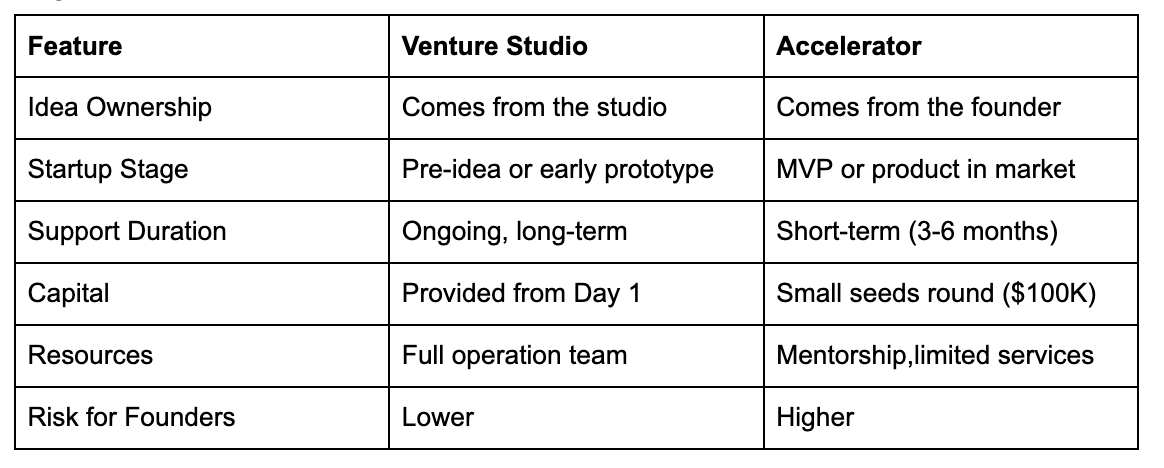Venture building in the MENA region is gaining momentum. From fintech and healthtech to logistics and AI, the ecosystem is rapidly evolving. For investors, this presents enormous opportunities, but also challenges. Understanding the J-curve, the characteristic trajectory of venture returns, and liquidity dynamics is critical to navigating this frontier.
The MENA venture studio model offers a structured way to manage these dynamics, creating a pathway for sustainable growth and long-term returns.
What Is the J-Curve?
In venture capital, the J-curve represents the typical trajectory of returns over time.
In the early years, investments often show negative returns. This is due to capital deployment, operational expenses, and the high-risk nature of early-stage startups.
Over time, as startups grow, scale, and either achieve profitability or exit through acquisition or IPO, returns rise sharply, creating the characteristic J-shaped curve.
For MENA investors, understanding this curve is crucial. The region’s venture ecosystem is still maturing, meaning early-stage capital is particularly sensitive to timing, market adoption, and operational execution.
Venture Studios and the J-Curve Advantage
Venture studios, operational platforms that build startups from the ground up,have a unique role in mitigating the downside of the J-curve:
Structured Capital Deployment
Studios invest methodically in multiple ventures, controlling cash flow and resource allocation. Shared infrastructure reduces operational costs across ventures, helping to minimize early-stage losses.Operational Support and Risk Mitigation
Startups in studios benefit from experienced operators, standardized processes, and hands-on mentorship. By reducing execution risk, studios increase the likelihood of ventures reaching positive cash flow faster, flattening the early dip of the J-curve.Portfolio Diversification
Studios build multiple ventures simultaneously across different sectors and markets. This naturally diversifies risk, smoothing the overall performance curve for investors.
In essence, the venture studio model doesn’t eliminate the J-curve, but it shortens and flattens the early negative period, improving capital efficiency and early-stage predictability.
Liquidity Considerations in MENA
Liquidity is a key factor for investors. In traditional VC, exits can take 7–10 years, often relying on IPOs or acquisitions. MENA’s ecosystem is evolving, and liquidity pathways are expanding:
Acquisitions by Regional Corporates: Large MENA conglomerates and multinational entrants are increasingly acquiring startups, offering partial or full liquidity events.
Cross-Border Exits: With regional and international investors participating, startups may exit to global markets, creating additional liquidity options.
Secondary Markets: Emerging platforms allow LPs and early-stage investors to sell stakes in promising ventures, although these markets are still nascent.
Venture studios often design their portfolio with liquidity strategies in mind, helping LPs understand when and how value can be realized across multiple ventures. This is a critical consideration for long-term capital allocation in MENA.
Balancing the Long Game with Short-Term Metrics
While the J-curve emphasizes long-term value creation, investors increasingly demand short-term indicators of progress:
Operational Milestones: Studios track product launches, user adoption, and revenue growth across ventures.
Capital Efficiency: How effectively are studios deploying resources to generate traction? Shared infrastructure and repeatable processes are key metrics.
Market Validation: Early customer acquisition, pilot programs, and partnerships provide signals of eventual liquidity potential.
By measuring these intermediate outcomes, studios provide LPs with visibility into progress, even while the overall J-curve plays out over several years.
Why MENA Venture Studios Are Attractive to Investors
The venture studio model in MENA aligns with both long-term growth and risk-conscious investing:
De-risking Early-Stage Ventures: Structured operations and repeatable processes reduce the likelihood of catastrophic failure.
Multiple Liquidity Paths: Portfolios of ventures increase the probability that at least some startups achieve exits, diversifying liquidity timing.
Alignment of Incentives: Studio teams often hold equity alongside LPs, ensuring shared commitment to operational success and long-term value creation.
Regional Growth Potential: Governments are investing heavily in innovation, digital infrastructure, and entrepreneurship,providing tailwinds that accelerate venture maturity and liquidity prospects.
Together, these factors make MENA venture studios an attractive proposition for LPs who understand the long-term nature of venture investing.
Strategic Takeaways for Investors
Think Long-Term: Venture building in MENA requires patience. The J-curve is real, and returns often materialize over a 5–10 year horizon.
Evaluate Operational Depth: Assess the studio’s infrastructure, talent networks, and execution capacity, these elements directly influence early-stage risk.
Understand Liquidity Strategy: Ask how the studio plans to realize value across its portfolio, including potential acquisitions, secondary sales, or regional exits.
Consider Portfolio Effect: Investing in a studio provides exposure to multiple startups simultaneously, diversifying risk while improving the likelihood of capturing high-growth opportunities.
Conclusion: Playing the Long Game in MENA
Venture building in MENA is not a sprint; it’s a marathon. Understanding the J-curve and liquidity dynamics is essential for investors seeking to participate in this emerging ecosystem.
Venture studios provide a compelling solution: by combining operational rigor, portfolio diversification, and strategic planning, they flatten the early risk phase while creating multiple pathways for liquidity.
For investors, this is the essence of the long game: patiently supporting well-structured ventures, tracking intermediate progress, and reaping outsized returns when startups mature and exit.
In a region defined by transformation, the MENA venture studio model offers a disciplined, de-risked, and diversified approach, a roadmap for investors to navigate the long journey from capital deployment to meaningful returns.





